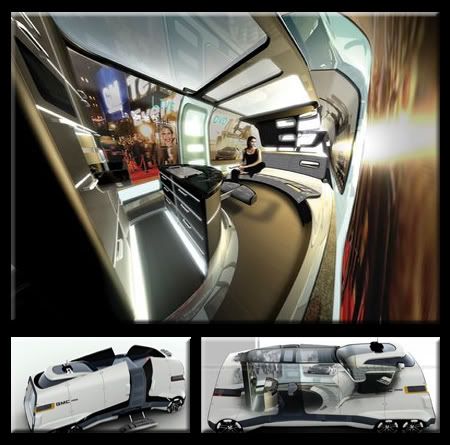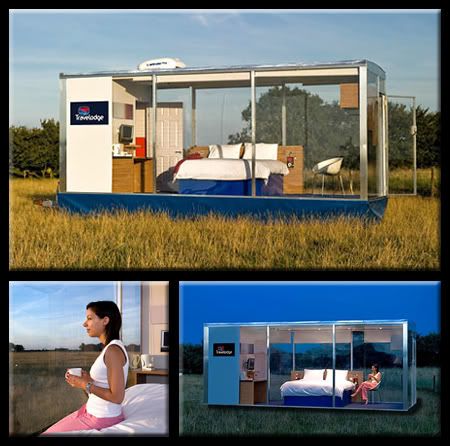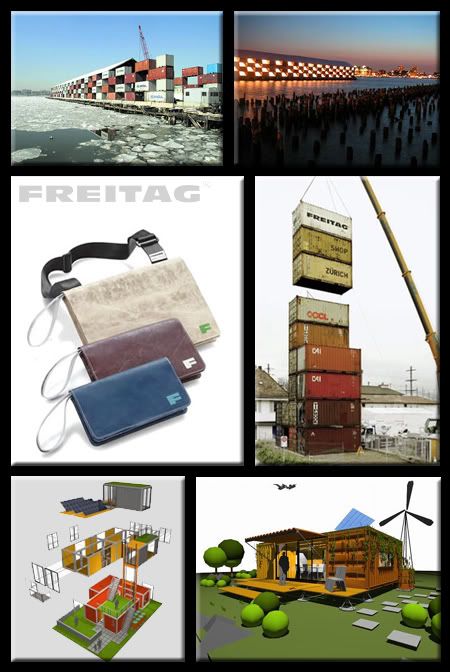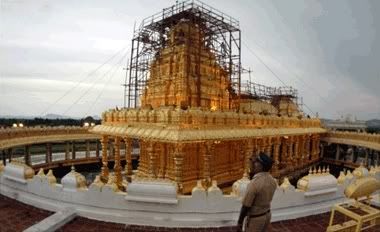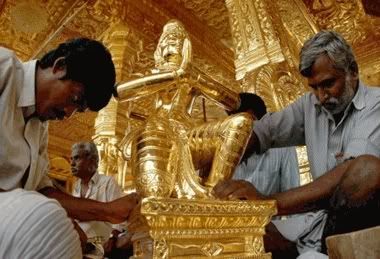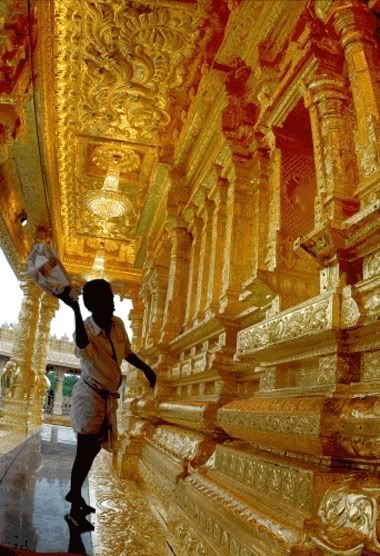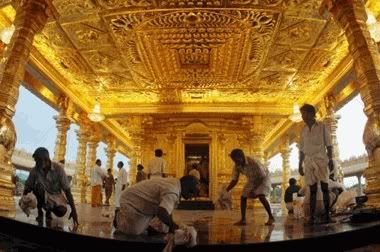And on Saturday, the Indian cricketers showed that they were brave hearts. First it was Yuvraj Singh and company with the bat as they powered India to 188 for five with 128 runs in the final 10 overs. Then Sreesanth and Harbhajan Singh who led the bowling attack with their calm demeanour to help India extend its stupendous showing and give itself the chance to win the top prize on Monday.
 The Australians, as is their wont, were game for the challenge. Skipper Adam Gilchrist set the tone with his big hitting against Rudra Pratap Singh. And it was when Matthew Hayden and Andrew Symonds came together for a stand of 66 runs that the thousands of tricolour-waving fans fell quiet but Sreesanth delivered them from their agony.
The Australians, as is their wont, were game for the challenge. Skipper Adam Gilchrist set the tone with his big hitting against Rudra Pratap Singh. And it was when Matthew Hayden and Andrew Symonds came together for a stand of 66 runs that the thousands of tricolour-waving fans fell quiet but Sreesanth delivered them from their agony. Sreesanth was focussed on the task at hand and unmindful of the mayhem unleashed at the other end. He produced 140 kmph corkers to send back Gilchrist, and when he came back to bowl the crucial 15th over, Hayden. His spell of 4-1-12-2 will be etched in the minds of all those who watched it for its intensity and 16 dot balls!
Harbahajan Singh was control and variation personified as he brought in Test match quality bowling to the crease under pressure. The others like RP Singh, Irfan Pathan and even Joginder Sharma showcased an ability to take a beating and bounce back strongly. Each of them accounted for at least one over each.
You could reach out and touch the electricity in the air as a charged up Yuvraj Singh led an India resurgence to a comfortable 188 for five in 20 overs. For the second time in five nights, he creamed the opposition attack to make a breezy half-century. His knock of 70 off 30 deliveries (five fours and five sixes), coupled with spirited efforts by Robin Uthappa (34, 28 balls, one four, three sixes) and skipper Mahendra Singh Dhoni (36, 18 balls, four fours and a six) strengthened the dreams of thousands in the stadium and millions in the sub-continent – a juicy India-Pakistan final.
Before the start of the match, the question on top of everyone's mind was whether Yuvraj would be fit to play the game. The explosive left-hander had sat out of the match against South Africa with a sore elbow but he ruled himself fit to take on the Australians. And he engineered so much electricity in the atmosphere that the stadium lights could have been powered by that.
 Yuvraj Singh walked in at the fall of Gautam Gambhir's wicket at 41 after the opener had made 24 but eight overs had already been played and Australia was on top of its game. He pulled the second ball he faced over square-leg and announced his intentions of leading an India fightback in a knock that reminded many of his innings against Australia in Nairobi back in 2000.
Yuvraj Singh walked in at the fall of Gautam Gambhir's wicket at 41 after the opener had made 24 but eight overs had already been played and Australia was on top of its game. He pulled the second ball he faced over square-leg and announced his intentions of leading an India fightback in a knock that reminded many of his innings against Australia in Nairobi back in 2000.
His clinical aggression negated the many dot balls that Uthappa was forced to play in his quest to ensure that India would not lose more wickets and come under additional pressure. India raced from 60 in the 10th over to finish with 188 – a whopping 128 runs in the second half of the innings. Yuvraj can take credit for giving direction to the 84-run stand with Uthappa.
Gilchrist, leading the side in Ricky Ponting's absence, and Stuart Clark – man of the match in the team's sensational win over Sri Lanka a couple of days ago challenged Yuvraj with a strong leg-side. The Indian vice-captain picked up the gauntlet and creamed the pace bowler for 20 runs, including a pulled six over mid-wicket and two fours over the cover fielder.
One thing became sure. T20 cricket is not for the weak-hearted. Not it if packs in so much excitement in one evening.



